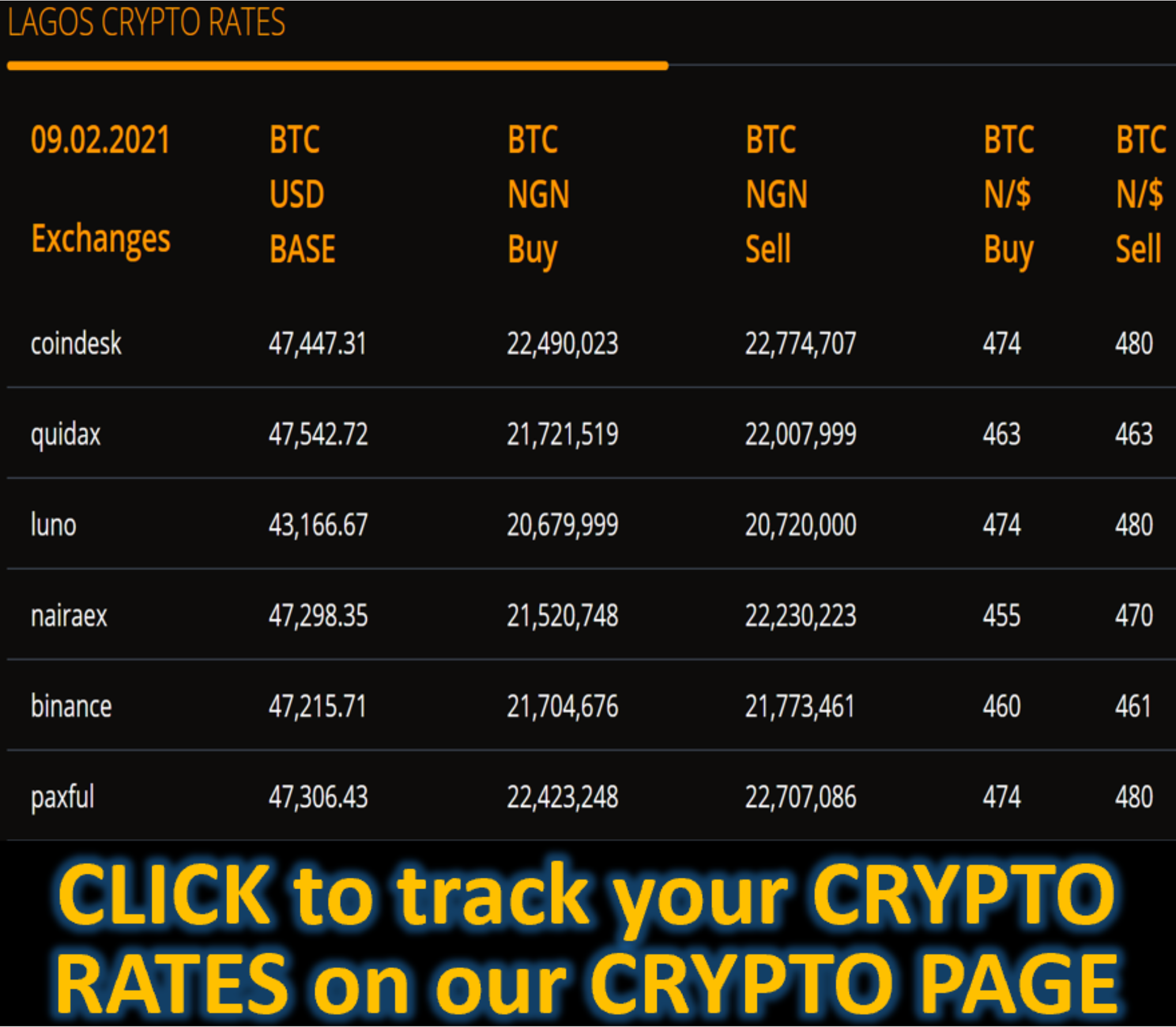Market News
Dollar Buoyed as Currency Traders Heed Trump’s Tariff Threats - BLOOMBERG
(Bloomberg) -- The dollar advanced after President-elect Donald Trump vowed additional tariffs on Mexico, Canada and China, upending recent macro bets on more measured economic plans from the next US administration.
The Bloomberg Dollar Spot Index was up 0.4% after earlier climbing as much as 0.7% on Tuesday. Late on Monday, the Canadian dollar fell as much as 1.4% to 1.4178 against the US currency, its weakest mark since April 2020, while the Mexican peso plunged more than 2%. China’s offshore yuan fell as much as 0.4%. In response, the People’s Bank of China supported the currency by setting the daily fixing stronger than forecast.
“We’re seeing the use of economic warfare instruments to achieve geopolitical goals,” said Karl Schamotta, chief market strategist at Corpay in Toronto. “At one point markets were not taking Trump seriously or literally, and we’re beginning to transition out of that.”
Trump is said to have selected Kevin Hassett on Tuesday to head the National Economic Council, according to people familiar with the matter. Hassett, who would assume a role with wide remit over fiscal and trade policy, was the chair of the Council of Economic Advisers during Trump’s first term and a vocal supporter of the administration’s trade wars.
Volatility across major currencies spiked following Trump’s tariffs announcement, with traders focused on the loonie and Mexican peso in particular. One-month risk-reversal options — a gauge of market sentiment that measures the cost of buying rather than selling a currency — are now the most bearish for the Canadian dollar in two years.
In posts to his Truth Social network, Trump said he would put a 25% tariff on “ALL products” coming from Mexico and Canada, along with an additional 10% tariff on Chinese goods, measures he argued would deter migrants and drugs crossing into the US. The United States-Mexico-Canada Agreement, signed during the first Trump administration, currently establishes duty-free trade across an array of industries.
Tim Baker, a macro strategist at Deutsche Bank in New York, said Trump threatening tariffs “to get a change from other countries in the near-term” could “add to volatility and add to uncertainty in the markets.”
Baker and colleague George Saravelos last week said they expect the euro will fall to parity by the middle of 2025. “We not only expect the dollar bull run to extend, but the greenback to potentially exceed its record highs from the 1980s,” the strategists said.
At JPMorgan, currency strategists are banking on a similar appreciation in the US currency as investors continue to price in the effects of Trump’s economic policies, from protectionist trade measures to tax cuts. They expect a dollar rally to push the euro below parity in the first quarter of 2025 before the single European currency rebounds into the end of the year.
“Trade policy/tariffs and fiscal are the two main transmission mechanisms that inform our bullish USD view,” a JPMorgan team led by Meera Chandan and Arindam Sandilya wrote on Tuesday. “The election is not yet fully priced.”
The team expects the loonie to weaken to 1.43 per dollar by March, and estimates the firm’s own US dollar index to rise some 2.6% in the same period.
A Bloomberg gauge of the greenback is up nearly 3% since US voters went to the polls on Nov. 5 and is on track for a second consecutive month of gains in November. Expectations of heightened tariffs under a second Trump administration have supported the dollar, and have pushed up Treasury yields as bond traders dial down expectations of Federal Reserve interest-rate cuts in the months ahead.
The currency’s gains have been matched by greater long positioning in the derivatives market, where hedge funds, asset managers and other speculative traders now hold some $23.3 billion in bullish wagers — the most since June.
Minutes from the Fed’s November meeting released Tuesday showed that officials broadly support a gradual and careful easing of monetary policy heading into 2025. Fed Chair Jerome Powell said earlier this month that policymakers do not see a need to rush cuts.
“Going into next year the question really becomes, ‘Does growth hold up?’” Leah Traub, a portfolio manager and head of the currency team at Lord Abbett, said about the dollar rally. “There’s just going to be a lot more noise.”
--With assistance from George Lei.
(Updates throughout.)









